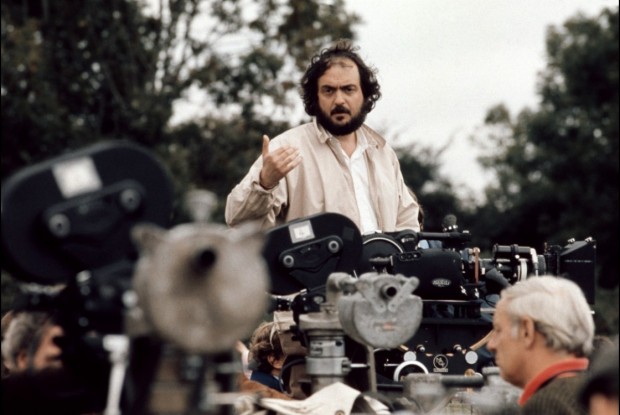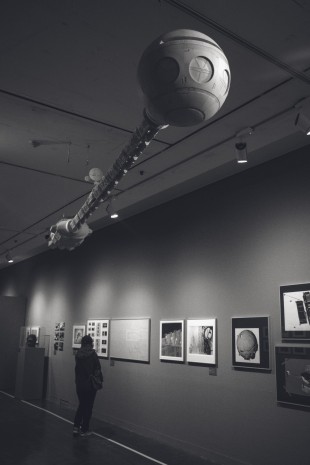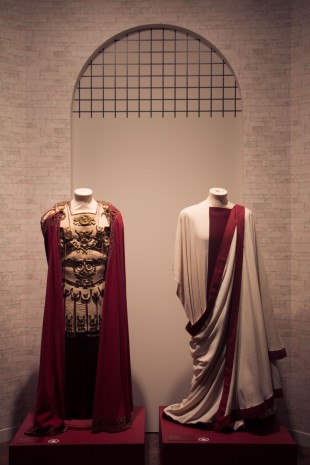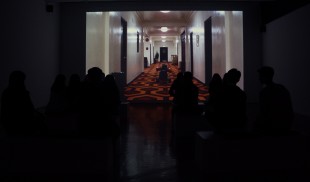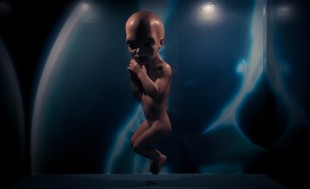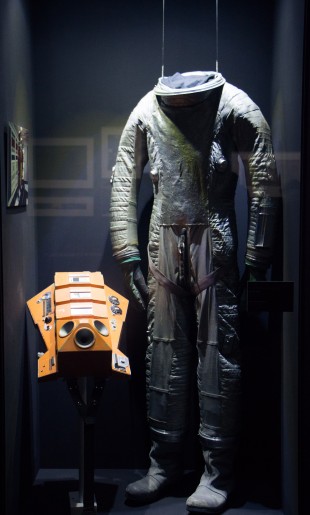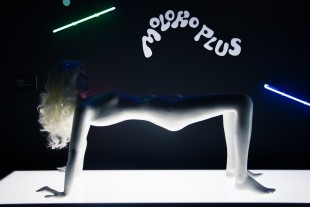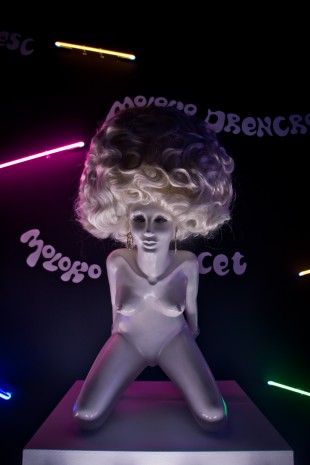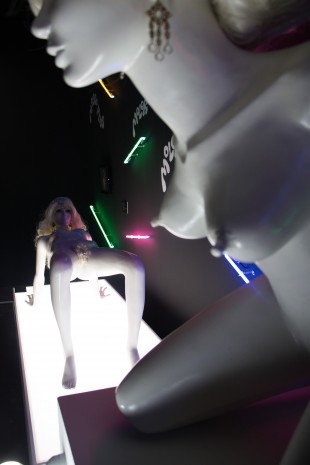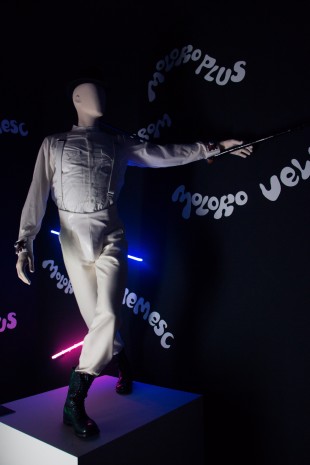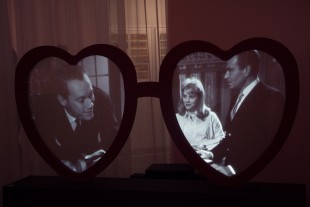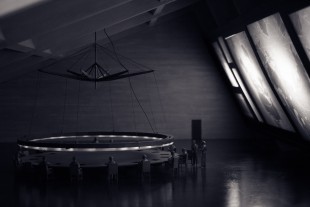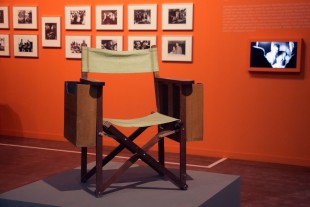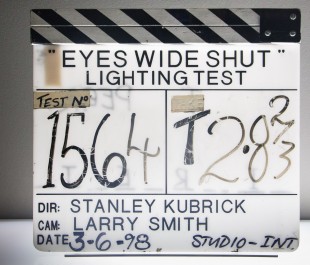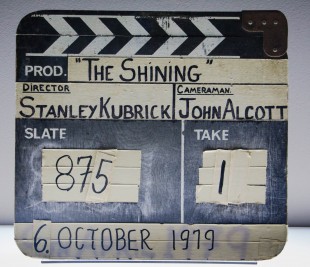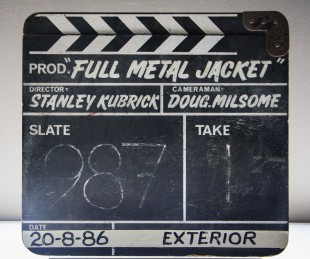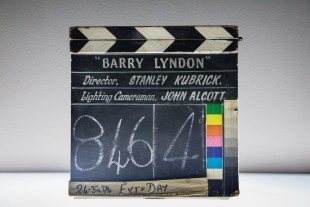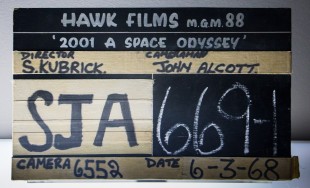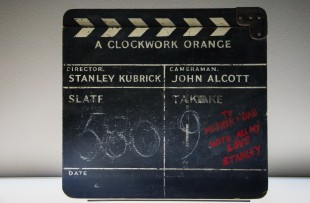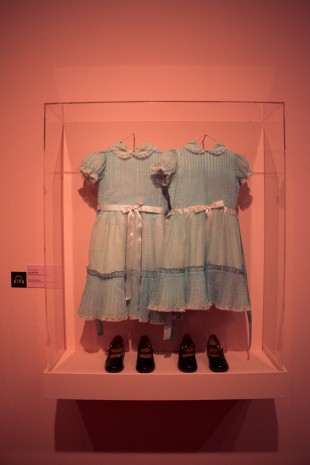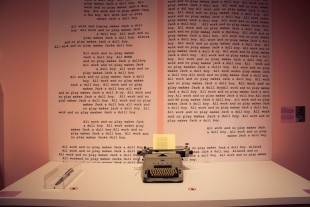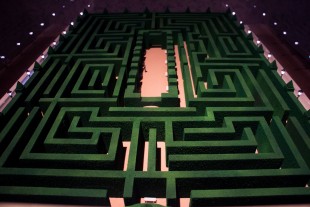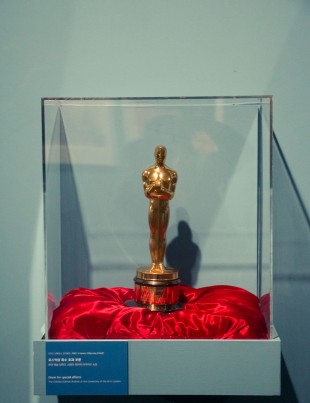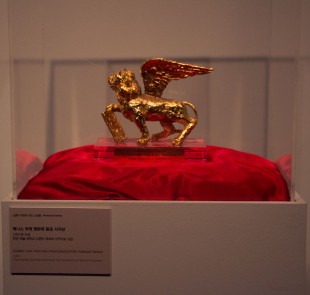Celebrating Stanley Kubrick’s genius in Korea
类别: Art, Asia, Culture, Entertainment, Film, History, People
标签: 2001: A Space Odyssey, A Clockwork Orange, Dr. Strangelove, filmmaking, Jack Nicholson, Korova Milk Bar, movies, Seoul Museum of Art, Stanley Kubrick, The Shining
If you’re a film nerd, you may have already heard the name ‘Stanley Kubrick’. If you haven’t, you just did. So read on!
Whenever there’s a debate about the greatest film directors of all time, one name that constantly comes up is of ‘Stanley Kubrick’. The director of some of the most memorable films in the history of cinema like 2001: A Space Odyssey, A Clockwork Orange and Full Metal Jacket, Kubrick’s contributions to the cinema are priceless.
The man was so ahead of his time that his epic space drama A Space Odyssey is still the benchmark for sci-fi genre films. More than four decades later, A Clockwork Orange still shocks the audience and, The Shining has gained the status of a classic horror film throughout the decades. The man behind films in such diverse genres – from horror to war films to sci-fi, historical and socio-political commentary – was surely a genius. Kubrick excelled in everything he tried.
I never expected Kubrick to have a following in Korea, but a large of visitors at the latest Stanley Kubrick exhibition at the Seoul Museum of Art in Seoul proved me wrong. The exhibit was full of vintage props, recreation of sets used in his films and relics from his life’s work.
Different halls were set with scenes from various Kubrick films, showcasing original costumes and props. One that fascinated me more than anything was the room with statuettes from A Clockwork Orange’s Korova Milk Bar. Just looking at the dimly lit room with white naked figures staring at me, reminded me of the first shot of the film – the lead character Alex and his ‘droogs’ sit in front of the white naked figures, drinking milk and as Alex’s penetrating eyes stare into the camera as it tracks out.
Another ‘attraction’ was the infant prop used in ‘A Space Odyssey’. The fans of the film will surely recognize the beauty and significance of it. The film was a masterpiece that’s still relevant to this day. The most beautiful thing for a film student or a filmmaker was to see the technique Kubrick had used to stage the pre-historic era with apes.
Among multiple halls and two floors were nostalgia, excitement and reliving of Kubrick’s genius for his most fanatical followers. What excited me the most were some of the letters from producers and journalists to the controversial filmmaker, blasting him for his provocative films like Dr. Strangelove and A Clockwork Orange, which angered everyone for their socio-political commentary and in the latter’s case, apparent glorification of violence. Letters of people of significance bashing Kubrick for being a shame to the country for producing work criticizing the war (therefore naturally, criticizing the war heroes) was a real treat to see as eventually, it didn’t stop him from stating what he felt through his films.
A hall with a couple small rooms exhibited items from The Shining. Jack Nicholson’s typewriter, walls covered with “All work and no play makes Jack a dull boy” written on long paper rolls and the original dresses of the twins from the film in a showcase. The only thing missing was the hallway carpet with the iconic pattern on it, which could have taken the experience to another level. As a ghostly projection of the twins from the movie appeared and disappeared in the corner, I moved into a different hall.
A collection of film slates from Kubrick’s productions, such as Barry Lyndon, Eyes Wide Shut among others, was a real treat to look at. Storyboards of films like Dr. Strangelove adorning the orange walls, projections of clips from Kubrick’s films while the soundtracks played in the background, all made up for an exciting experience.
Another treat was to see the original Oscar award that Kubrick won for the special effects for 2001: A Space Odyssey and the Golden Lion he received at the International Film Festival Venice in 1997. Among his personal items were his chess, and a huge library containing books about Napoleon, which he had collected for his research for ‘the greatest film never made’.
As I exited the last exhibition hall, I thought, “Is that it?”
Perhaps, I was expecting Stanley Kubrick coming back to life and greeting me at the end. I sighted the art shop and ran into it to get some memorabilia – a diary, cards and a bag – in remembrance of perhaps ‘the greatest director of all time’ and leave for home.




















